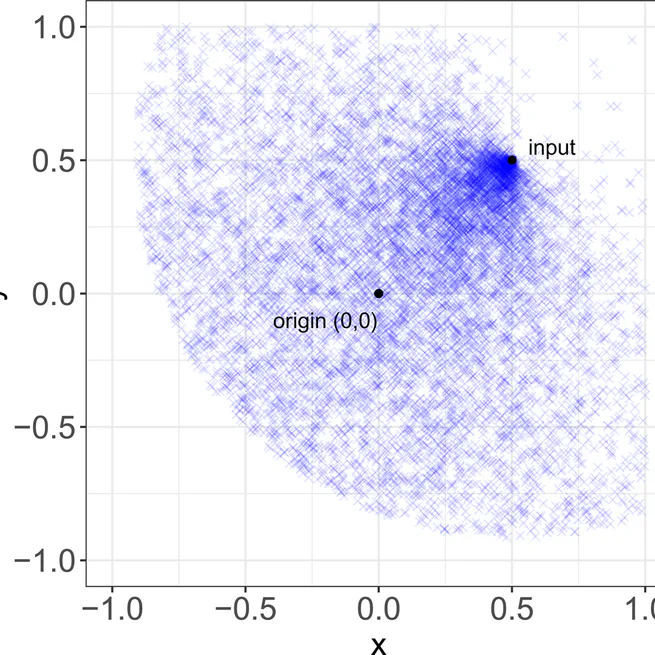
Culture without copying or selection
Nov 26, 2021
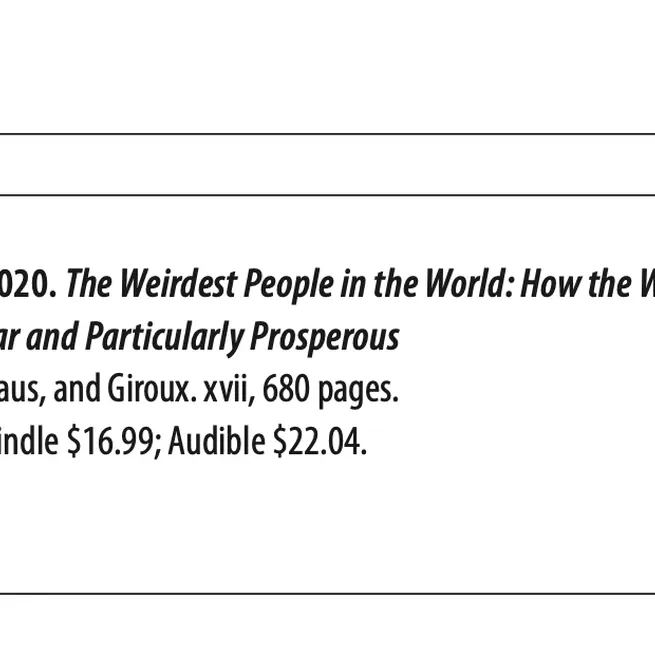
Review of Joseph Henrich, The Weirdest People in the World
Jun 15, 2021
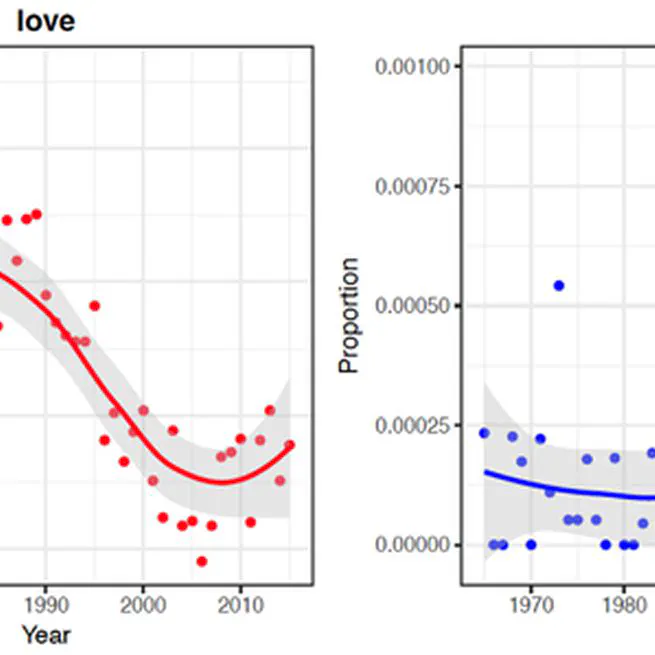
Cultural evolution of emotional expression in 50 years of song lyrics
Nov 7, 2019
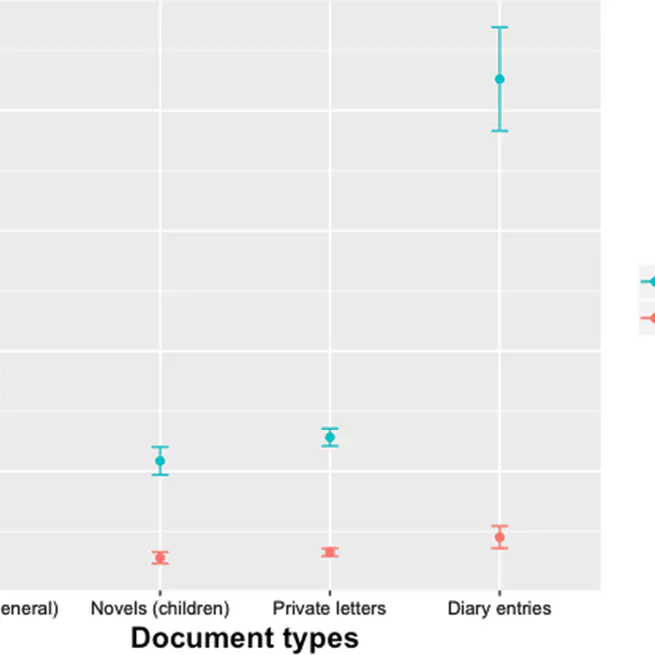
Why people die in novels: Testing the ordeal simulation hypothesis
Jun 4, 2019
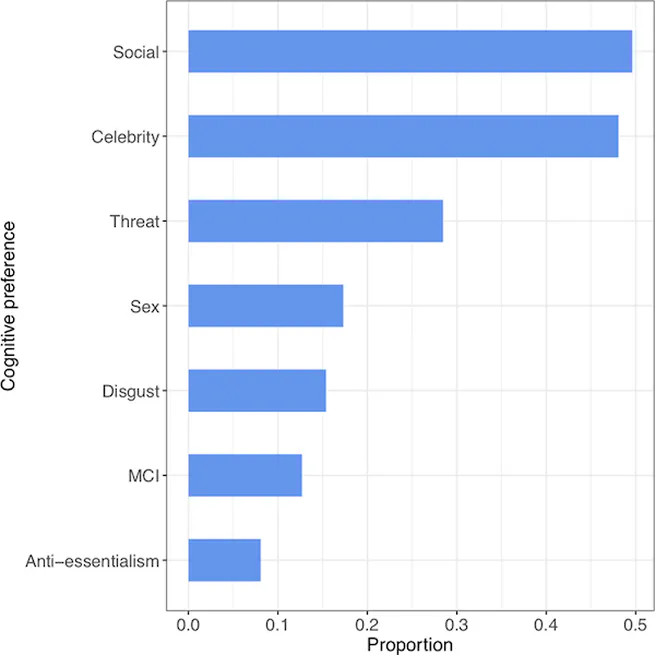
Cognitive attraction and online misinformation
Feb 12, 2019

Copy-the-majority of instances or individuals? Two approaches to the majority and their consequences for conformist decision-making
Jan 25, 2019

Did Einstein really say that? Testing content versus context in the cultural selection of quotations
Sep 19, 2018
Reply to ‘Sigmoidal Acquisition Curves are Good Indicators of Conformist Transmission’
Sep 18, 2018
Folk-economic beliefs as “evidential fiction”: Putting the economic public discourse back on track
Aug 30, 2018
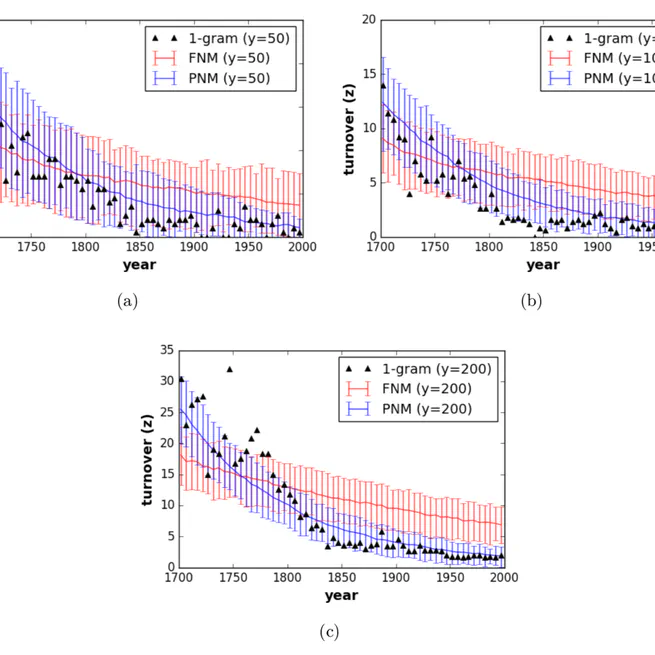
Role of Neutral evolution in word turnover during centuries of English word popularity
Nov 2, 2017

Cultural complexity and demography: the case of folktales
Jul 1, 2017

Birth of the cool: a two-centuries decline in emotional expression in Anglophone fiction
Jun 4, 2017
Review of Tim Lewens, Cultural Evolution: Conceptual Challenges
Jan 1, 2017
A cultural evolution approach to digital media
Dec 15, 2016
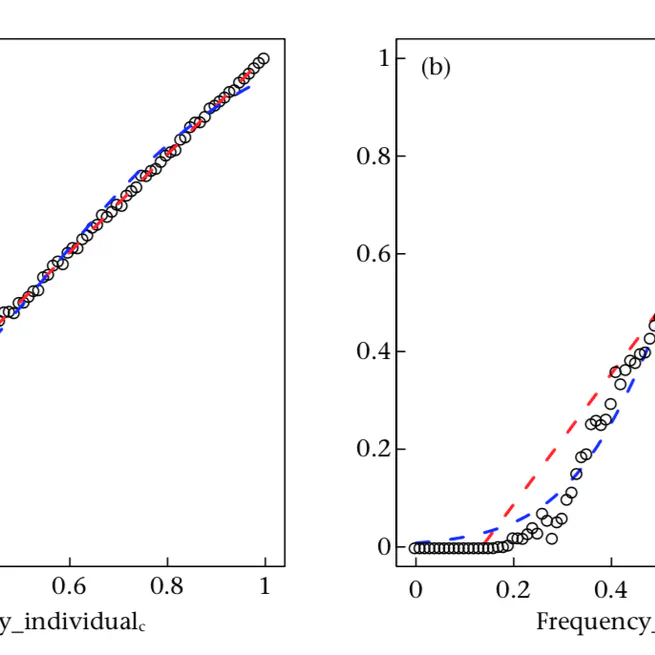
A reappreciation of “conformity”
Dec 1, 2016

Conformity cannot be identified based on population-level signatures
Oct 31, 2016
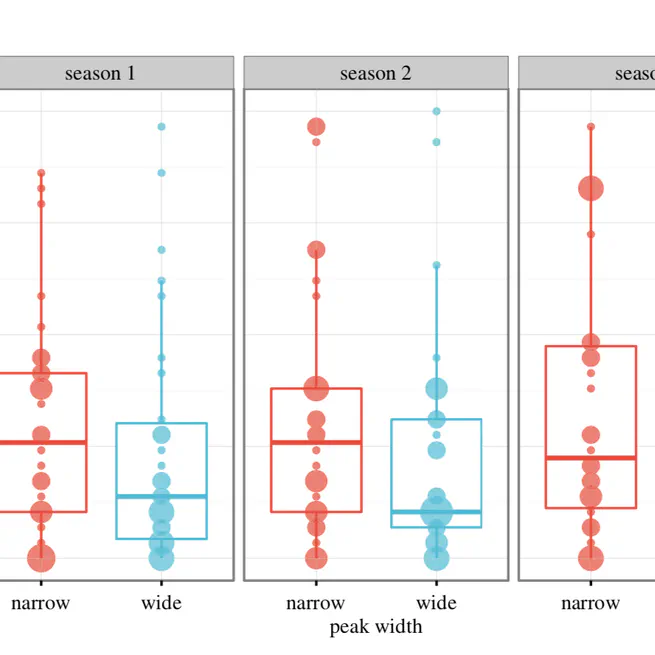
Social learning solves the problem of narrow-peaked search landscapes: experimental evidence in humans
Sep 1, 2016

The role of redundant information in cultural transmission and cultural stabilization
Feb 1, 2016
If we are all cultural Darwinians what’s the fuss about? Clarifying recent disagreements in the field of cultural evolution
Jun 3, 2015
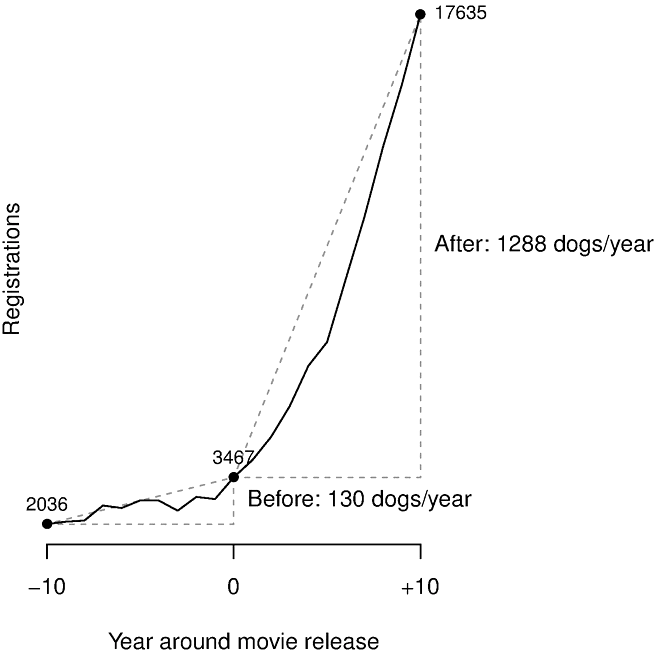
Dog Movies Stars and Dog Breed Popularity: A Case Study in Media Influence on Choice
Sep 10, 2014
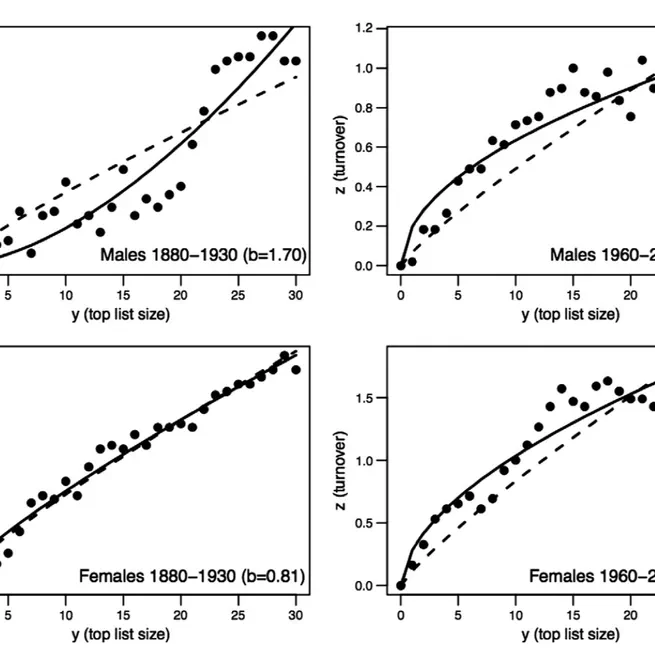
Biases in cultural transmission shape the turnover of popular traits
May 1, 2014

Books average previous decade of economic misery
Jan 8, 2014
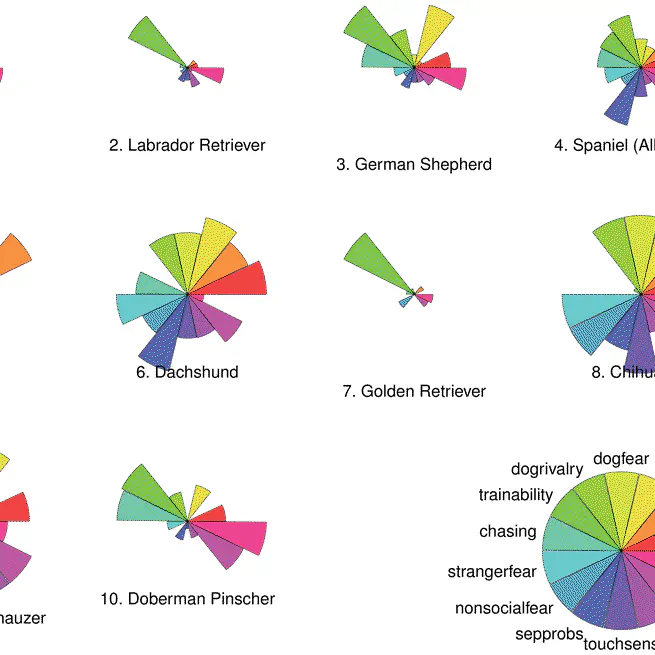
Fashion vs. Function in Cultural Evolution: The Case of Dog Breed Popularity
Sep 11, 2013

The expression of emotions in 20th century books
Mar 20, 2013

Old and Young Individuals’ Role in Cultural Change
Oct 31, 2012
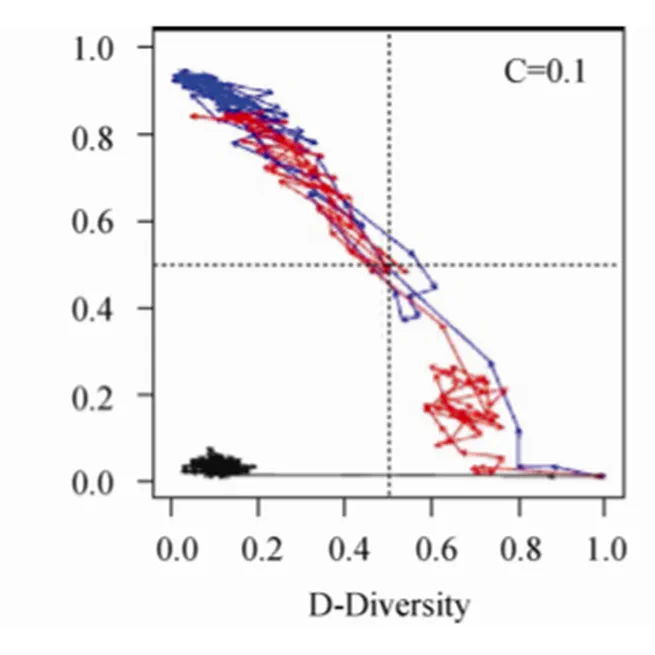
Behavioral constraints and the evolution of faithful social learning
Apr 1, 2012

The Logic of Fashion Cycles
Mar 7, 2012
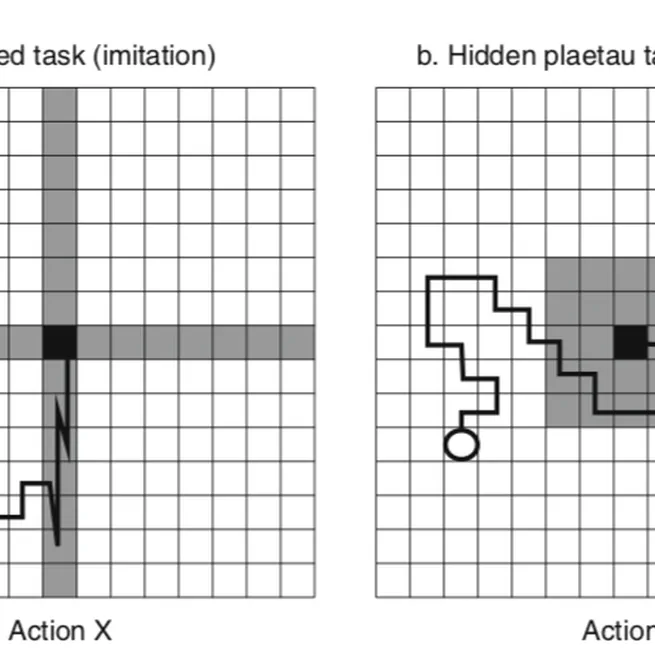
Modeling imitation and emulation in constrained search spaces
Jun 1, 2011

The Sometimes Evitable Route to Conservatism and Persuasiveness. A Reply to Xue and Costopoulos
Apr 1, 2010

Umano troppo umano. Riflessioni sull’opposizione natura/cultura in antropologia
Nov 19, 2009
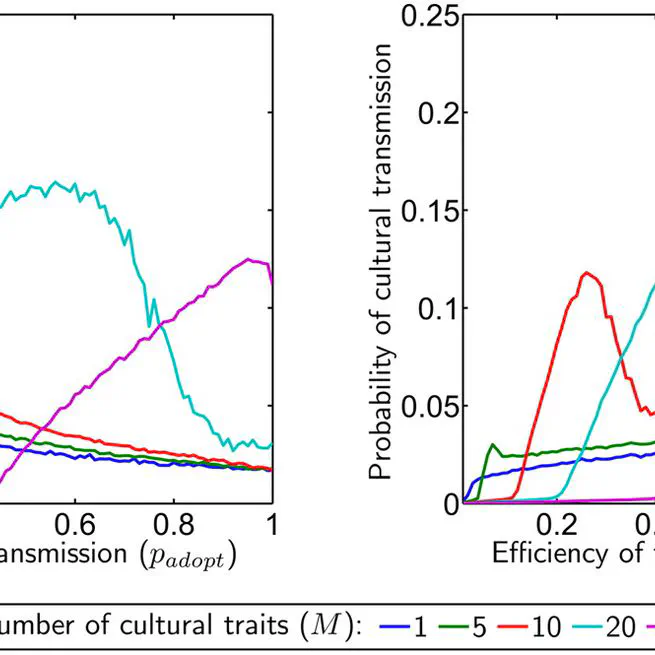
Cultural evolution and individual development of openness and conservatism
Nov 10, 2009
Social learning in embodied agents
I edited, together with Davide Marocco and Paul Vogt, a double special issue of the journal Connection Science on the topic “Social Learning in Embodied Agents”. This is our editorial.
Jun 20, 2008
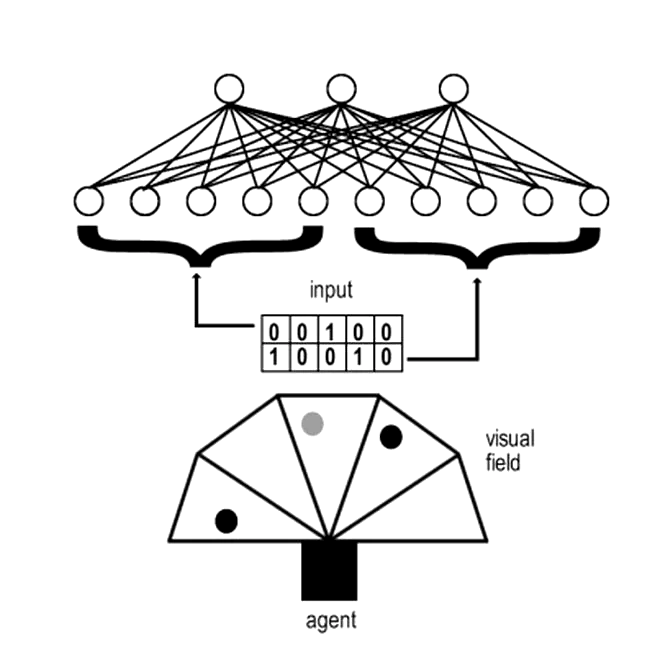
Cultural transmission between and within generations
Jan 31, 2006